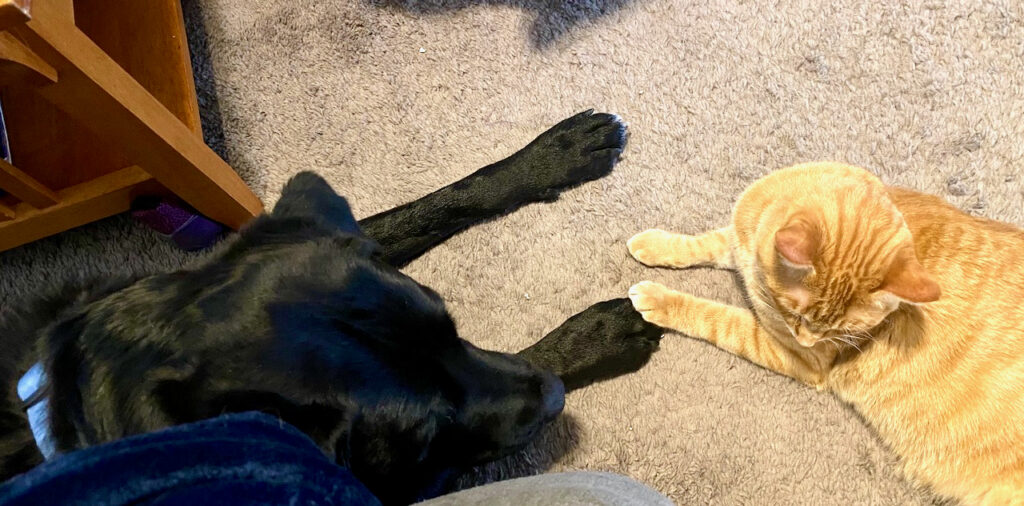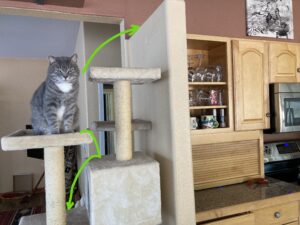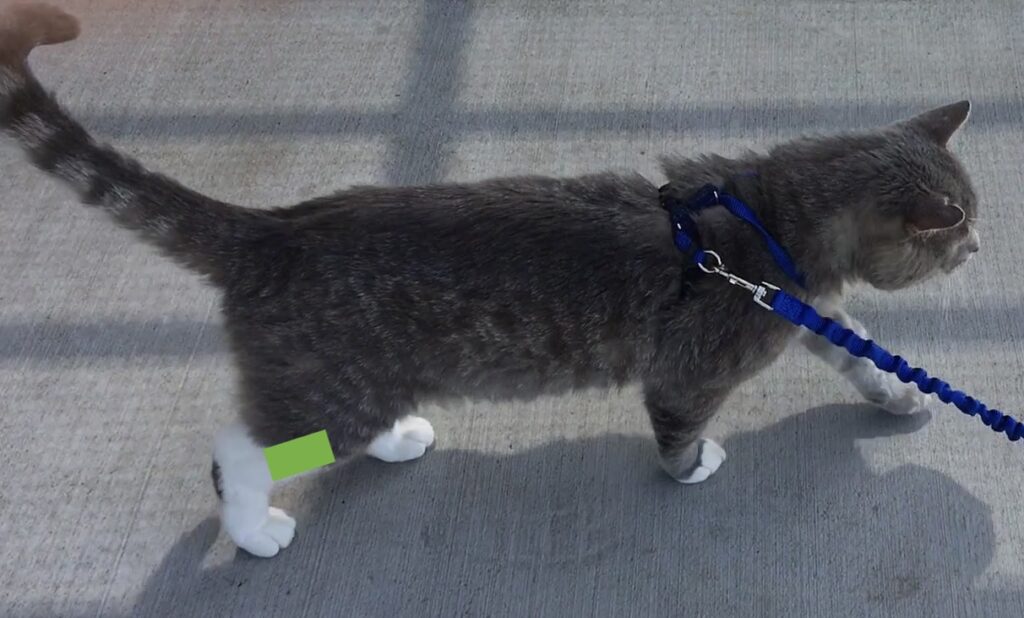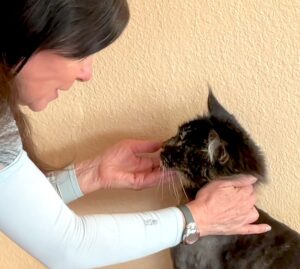 Eye contact is an important part of communication for many people. Face-to-face meetings are thought to be more productive – participants are able to take note of the nuances of facial body language.
Eye contact is an important part of communication for many people. Face-to-face meetings are thought to be more productive – participants are able to take note of the nuances of facial body language.
It is not surprising that our pets also communicate with us by sight – watching what we do and how we respond to situations. Dogs are well-known for looking and watching us but recent studies show what many cat owners already know – your cat is watching you!
Cats communicate with gaze
One study showed that cats avoid the gaze of a familiar human but another found that cats ate more food offered by humans who gazed at them while calling their names compared to just calling their names (Reference 1).
Cats are able to follow a human’s gaze to obtain food – they watch you turn your head and follow your line of sight as you put the food bowl down. Cats will also follow a human pointing a finger at a container with food (Reference 2).
Cats communicate with Gaze
Dogs are known to attract a human’s attention and direct it toward an object or another person or animal. They do this by first gazing directly at the human in question, then switching their gaze to the object. When confronted with a toy or food that they can’t access, they also alternate their gaze between the human and the hidden toy/food, “requesting help” (Reference 2).
Most evidence indicates that cats have not been found to gaze at humans to acquire the desired food/toy. They will use cues provided but will not “ask” for these cues like the dog with his meaningful stare (Reference 1).
However, a recent study found that cats would look back and forth from the owner to a treat box they could not open. These cats had an acclimation period of 3 days and a training session at the laboratory the day before testing. Caregivers were put into one of two groups: “attentive” and “inattentive” (Reference 3). Cats with “attentive” caregivers looked to their caregivers earlier and more frequently than those with “inattentive” caregivers. Cats with “attentive” caregivers were more successful than the other cats.
Cats also have been found to follow our lead as to whether a novel or strange object is safe. A study used a fan with ribbons streaming from it when turned on as a novel object (Reference 4). The owners were divided into two groups: one group was instructed to have a “happy expression” and behave calmly with regard to the fan while the other group was told to be “worried” and leery of the fan with its ribbons.
The cats in the “worried” group sought the escape route in the room earlier than the “happy” group, indicating that the cats changed their behavior in response to the emotional message of their owners (Reference 4).
cats communicate with gaze – Emotional Behavior
Other research has analyzed video clips of cats using a system that identifies cats’ facial expressions (CatFACS) and found the following links between gaze and feline emotions (Reference 5).
- Blinking and half-blinking are associated with fear.
- Cats often turn their heads and look to the left when anxious.
- Cats will turn their heads and look to the right when relaxed.
 the slow blink
the slow blink
The feline “slow blink” has been likened to a smile; the meme “i slow blink you so much” infers that the “slow blink” is a sign of affection, of positive feelings. It is interesting that the “slow blink” is associated with fear (see above) – after all, cats are more likely to approach an unfamiliar human who has “slow blinked” them (Reference 6).
At the National Cat Adoption Centre in Sussex, UK, researchers found that cats who blinked back at humans who slow-blinked them were adopted more quickly. These cats tended to be more nervous around humans but gave longer slow blinks in response to human slow blinking (Reference 6).
- A genuine human smile is one that reaches and wrinkles the corners of the eyes. Perhaps, cats who slow-blink seem to be smiling as they narrow their eyes – they may appear happier and potentially friendlier to prospective adopters.
- Here’s another thought – nervous cats may view slow-blinking as a way to interrupt a tense, unbroken stare and redirect potential aggression and avoid physical conflict (Reference 6).
Cats communicate with gaze, responding to humans gazing at them and returning the gaze. They also watch where their owners are looking and pointing to. There is evidence that cats will look to humans when they cannot access food that they are seeking and will change their behavior in response to emotional cues from their owners. Gaze gives us another way to communicate with our cats.
references
- Koyasu H, Kikusui T, Takagi S and Nagasawa M (2020), The Gaze Communications Between Dogs/Cats and Humans: Recent Research Review and Future Directions. Front. Psychol., 17 December 2020 Sec. Comparative Psychology Volume 11 – 2020 | https://doi.org/10.3389/fpsyg.2020.613512
- Péter Pongrácz, Julianna Szulamit Szapu, Tamás Faragó,
Cats (Felis silvestris catus) read human gaze for referential information,Intelligence,Volume 74,2019,Pages 43-52,ISSN 0160-2896,
https://doi.org/10.1016/j.intell.2018.11.001. - Zhang, L., Needham, K.B., Juma, S. et al. Feline communication strategies when presented with an unsolvable task: the attentional state of the person matters. Anim Cogn 24, 1109-1119 (2021)
- Merola, I., Lazzaroni, M., Marshall-Pescini, S. et al. Social referencing and cat–human communication. Anim Cogn 18, 639–648 (2015). https://doi.org/10.1007/s10071-014-0832-2
- Valerie Bennett, Nadine Gourkow, Daniel S. Mills, Facial correlates of emotional behaviour in the domestic cat (Felis catus), Behavioural Processes,Volume 141, Part 3, 2017,Pages 342-350, ISSN 0376-6357, https://doi.org/10.563390/ani101222
- Humphrey, T.; Stringer, F.; Proops, L.; McComb, K. Slow Blink Eye Closure in Shelter Cats Is Related to Quicker Adoption. Animals 2020, 10, 2256. https://doi.org/10.3390/ani10122256
Want to keep up with the world of cats? Subscribe to The Feline Purrspective!

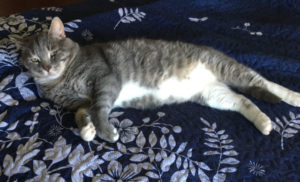 the slow blink
the slow blink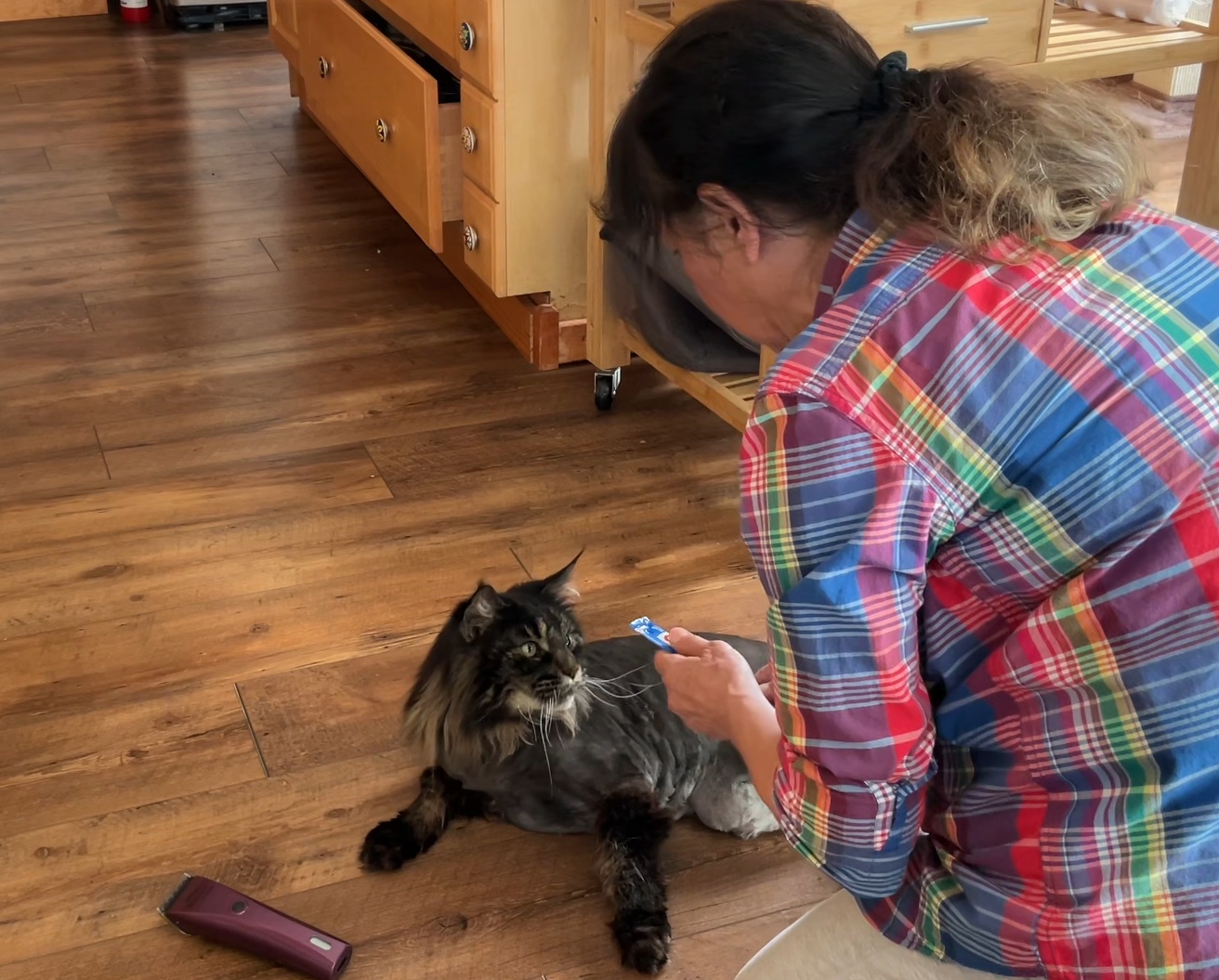 The idea of being able to talk to animals appeals to many people. The famous Dr. Doolittle, the central character in a series of children’s books, preferred animals to people and was able to talk to animals in their own languages. Nowadays, there are people who bill themselves as animal communicators and will “talk” to your animal for a fee.
The idea of being able to talk to animals appeals to many people. The famous Dr. Doolittle, the central character in a series of children’s books, preferred animals to people and was able to talk to animals in their own languages. Nowadays, there are people who bill themselves as animal communicators and will “talk” to your animal for a fee.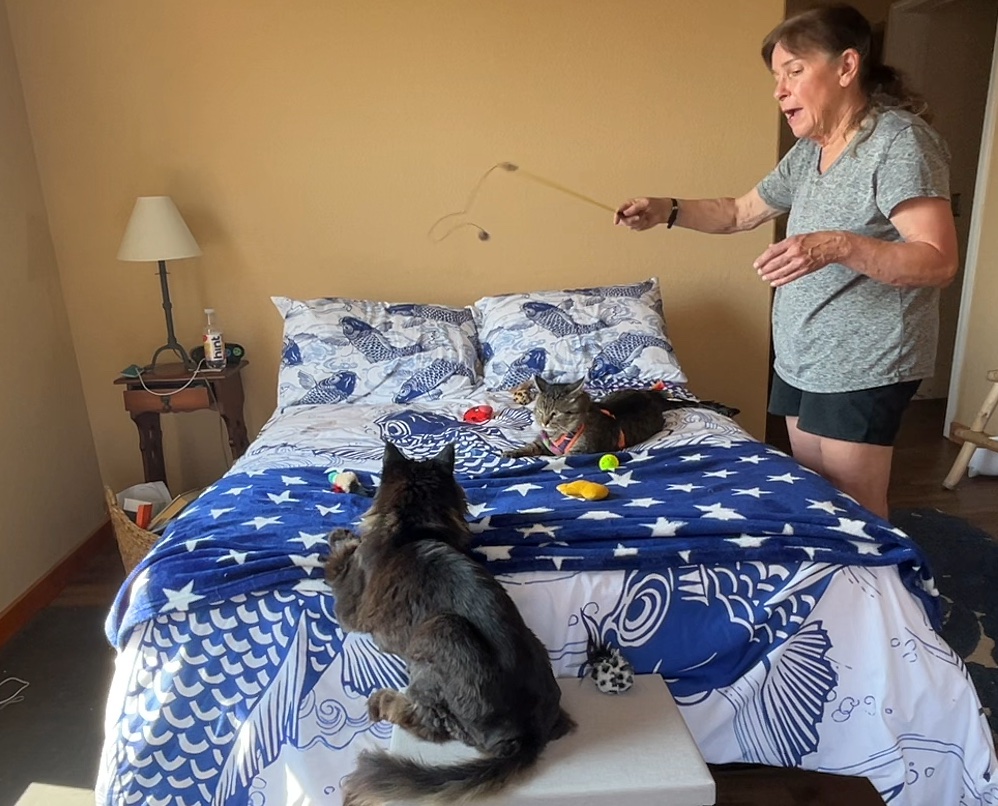
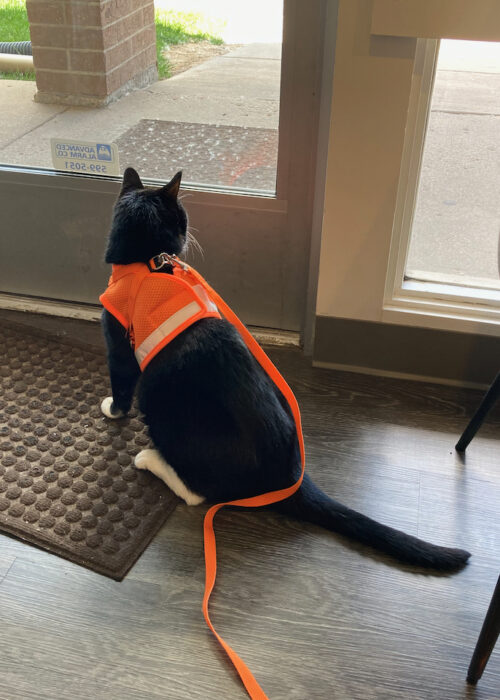 You are juggling your keys and a few bags of groceries as you approach your front door. You turn the key in the lock and open the door. In that instant, your cat slips out and melts into the darkness. Several scenarios run through your mind, each worse than the one before: she’ll get lost, hit by car or eaten by a coyote. How do you keep your cat from running outside?
You are juggling your keys and a few bags of groceries as you approach your front door. You turn the key in the lock and open the door. In that instant, your cat slips out and melts into the darkness. Several scenarios run through your mind, each worse than the one before: she’ll get lost, hit by car or eaten by a coyote. How do you keep your cat from running outside? Touch is important for many species. It is often part of a social interaction, cementing bonds between the members of a group. Primates (chimps, baboons,…) groom each other; dogs groom each other, birds preen each other as part of courtship or bonding. Domestic cats also groom and rub against each other in greeting.
Touch is important for many species. It is often part of a social interaction, cementing bonds between the members of a group. Primates (chimps, baboons,…) groom each other; dogs groom each other, birds preen each other as part of courtship or bonding. Domestic cats also groom and rub against each other in greeting.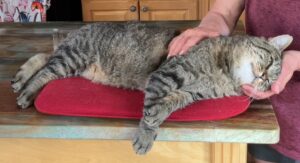
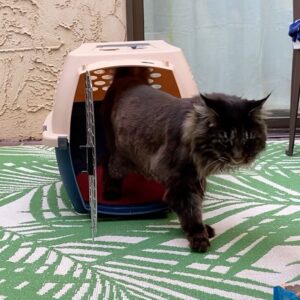 Whether you are relocating or just visiting extended family, flying with your cat requires planning and preparation.
Whether you are relocating or just visiting extended family, flying with your cat requires planning and preparation.
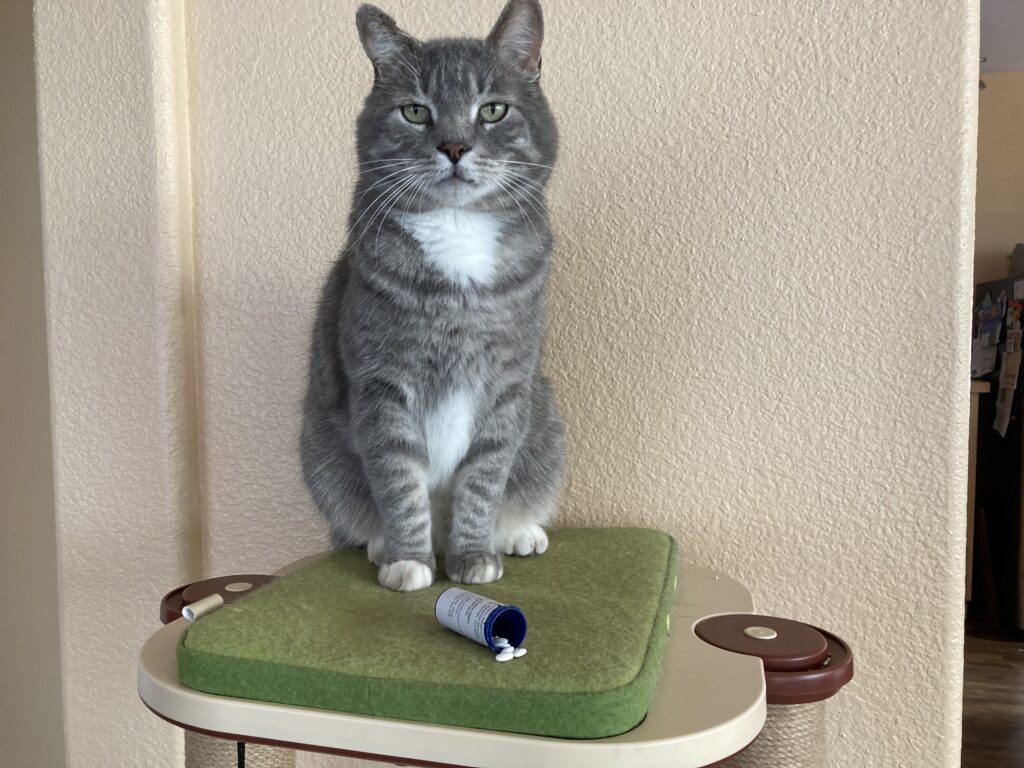 Sometimes, fear and anxiety can make it difficult for a cat to cope with her daily life. Perhaps there has been a change in the environment – a new cat or dog comes to live in the home or a new born baby comes home one day.
Sometimes, fear and anxiety can make it difficult for a cat to cope with her daily life. Perhaps there has been a change in the environment – a new cat or dog comes to live in the home or a new born baby comes home one day.
